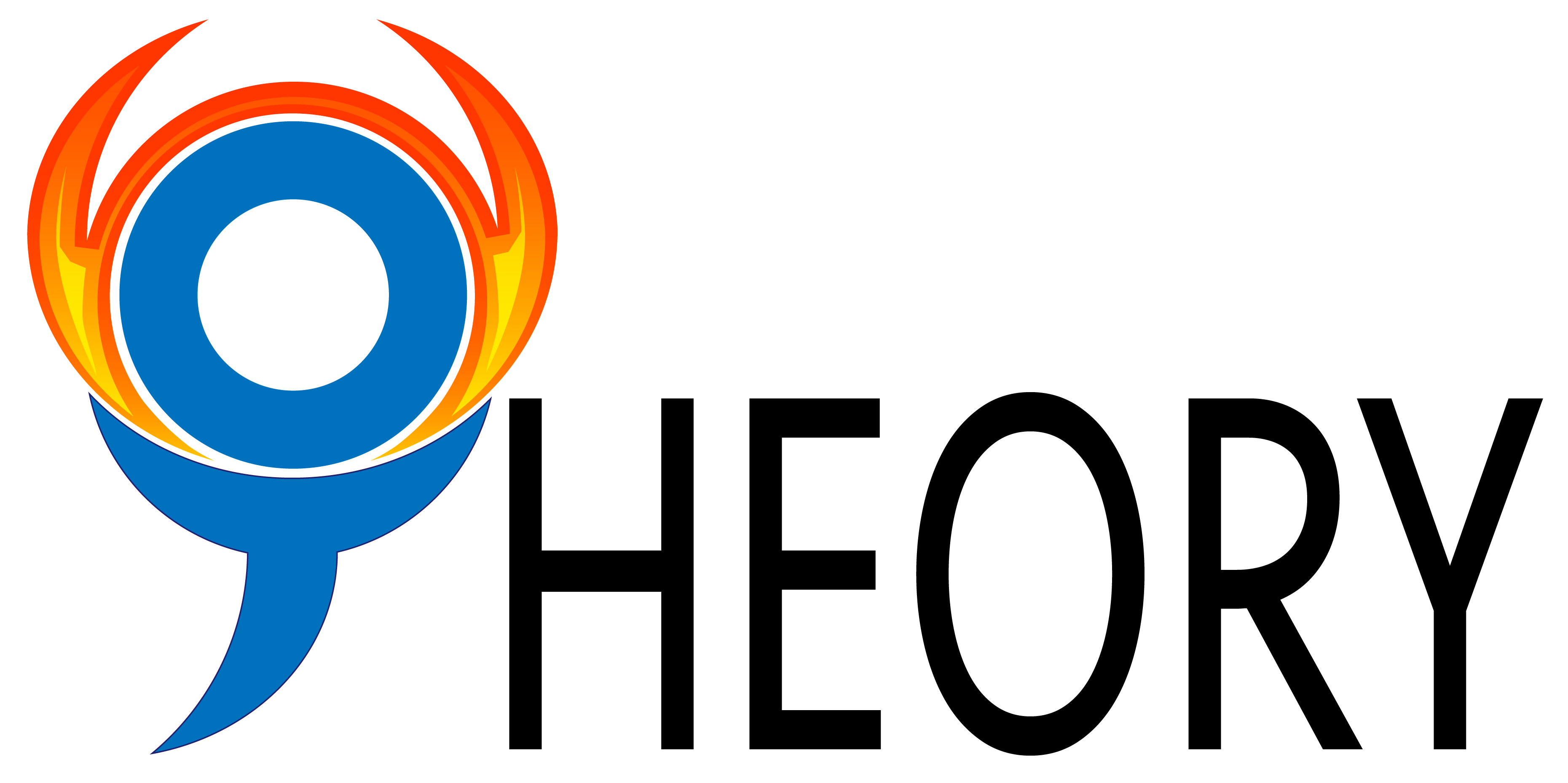This framework describes different aspects of cognitive strategy use to support practitioners’ clinical reasoning about clients’ reasoning and successful strategy use. It divides strategy use into four aspects, relevant to the task, each rated by therapists’ observation. The first aspect, prerequisites for effective cognitive strategy use, relevant prior to a task, includes the person’s strategy knowledge, strategy repertoire, strategy beliefs, anticipation and recognition of needs, and strategy generation and selection. The second aspect, strategy execution, includes initiation, implementation, and number of strategies. The third aspect, quality of strategy use, includes the degree of effort, temporal pattern, flexibility of strategy use, and monitoring and evaluating strategy use. The last aspect, effectiveness of strategy use, describes the observed positive changes in learning, problem solving, or performance with the strategy use. This framework identifies the components involved in effective use of strategies. It provides an outline to facilitate clinicians’ observation and to analyze the components of strategy use. It is used to identify the underlying component that causes difficult ineffective strategy use. This framework is applicable to all ages and diverse areas of practice such as children with developmental issues, acquired brain injury, persons with mental health issues, or adult rehabilitation.
Summarized by
- Macey Cho
Type
- Framework
Population
- Child
- Adolescent
- Adult
- Elderly
Disability
- All
Domain of occupation
- Unspecified
Application Note
It provides a framework for clinician to evaluate the effectiveness of clients’ cognitive strategy use.
Key Reference
Toglia, J., Rodger, S., & Polatajko, H. (2012). Anatomy of cognitive strategies: A therapist’s primer for enabling occupational performance. Canadian Journal of Occupational Therapy, 79(4), 225-236.
Year Published
- 2012
Primary Developer
- Joan P. Toglia
Primary Developer Email
- jtoglia@mercy.edu
